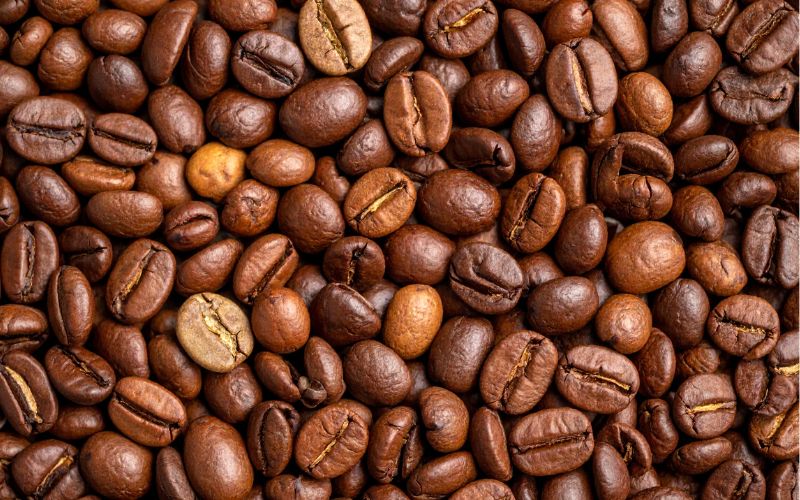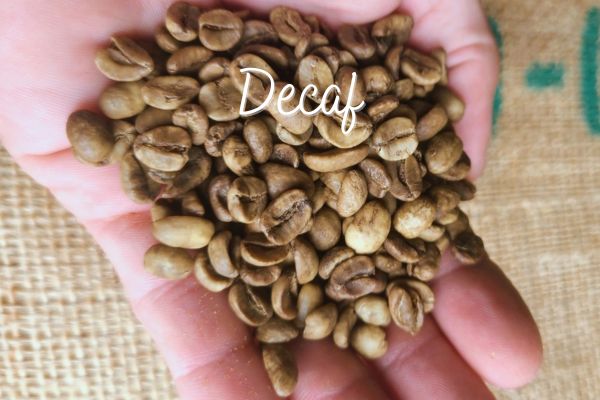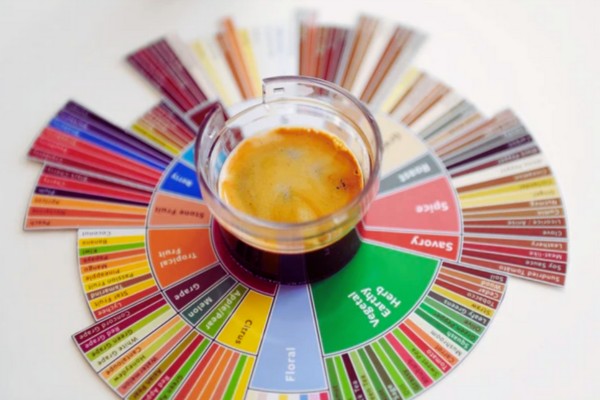
A Beginner's Guide to Coffee Beans
Explore the different types of coffee beans, from the popular Arabica to the robust Robusta. This guide covers bean varieties, processing methods, and how they affect the final taste in your cup.
The Two Stars of the Show: Arabica vs. Robusta
The world of coffee is vast, but it is dominated by two main species of coffee bean: Arabica and Robusta.
Arabica (Coffea arabica)
- Flavor: Known for its complex and aromatic flavor profile. It often has bright acidity, with notes of fruit, florals, wine, and caramel.
- Acidity: Higher acidity, which contributes to its vibrant and crisp taste.
- Body: Tends to have a lighter, more delicate body.
- Caffeine: Contains less caffeine than Robusta (average 1.5% by weight).
- Growing Conditions: It is delicate and requires high altitudes, consistent rainfall, and mild temperatures. It's more susceptible to disease.
- Cost: Due to the specific growing conditions and lower yield, Arabica beans are generally more expensive.
Today, Arabica accounts for over 60% of the world's coffee production. It is the bean of choice for the specialty coffee industry, prized for its nuanced and sophisticated flavors.
Robusta (Coffea canephora)
- Flavor: Has a much stronger, bolder, and more "classic" coffee flavor. It's often described as rubbery or chocolatey and can have a bitter finish.
- Acidity: Lower in acidity.
- Body: Possesses a fuller, more viscous body.
- Caffeine: Contains significantly more caffeine, typically ranging from 2.5-4.5%.
- Growing Conditions: It is a much hardier plant, able to withstand hotter climates and more resistant to disease.
- Cost: Easier and cheaper to cultivate, making it a popular choice for instant coffee and espresso blends.
Robusta is often used in espresso blends to produce a thick, stable crema, and in instant coffee for its strong flavor and high caffeine content.
Beyond the Big Two: Other Coffee Varieties
While Arabica and Robusta are the most common, there are other species worth knowing:
- Liberica (Coffea liberica): A rare variety known for its large, irregular-shaped beans and a unique, smoky, and floral aroma with a woody taste. It's grown mainly in the Philippines and Malaysia.
- Excelsa (Coffea excelsa): Technically a variety of Liberica, it has a tart, fruity flavor and is often used in blends to add complexity.
How Processing Methods Affect Flavor
The way a coffee cherry is processed after being picked has a profound impact on the final flavor of the beans.
- Washed (or Wet) Process: The fruit pulp is removed from the coffee cherry before the beans are dried. This method tends to highlight the coffee's intrinsic flavors, resulting in a cleaner, brighter, and more acidic cup.
- Natural (or Dry) Process: The whole coffee cherry is dried first, and the fruit is removed afterward. This process imparts a lot of the fruit's sweetness to the bean, resulting in a coffee with a heavier body, lower acidity, and intense fruity, wine-like flavors.
- Honey Process: This is a middle ground between the washed and natural processes. The skin and some of the pulp are removed, but a sticky layer of mucilage (the "honey") is left on the bean during the drying process. This results in a cup that balances the clarity of a washed coffee with the sweet, fruity notes of a natural.
Understanding these key factors—bean type and processing method—will help you better navigate the world of coffee and find the perfect beans to suit your taste.


